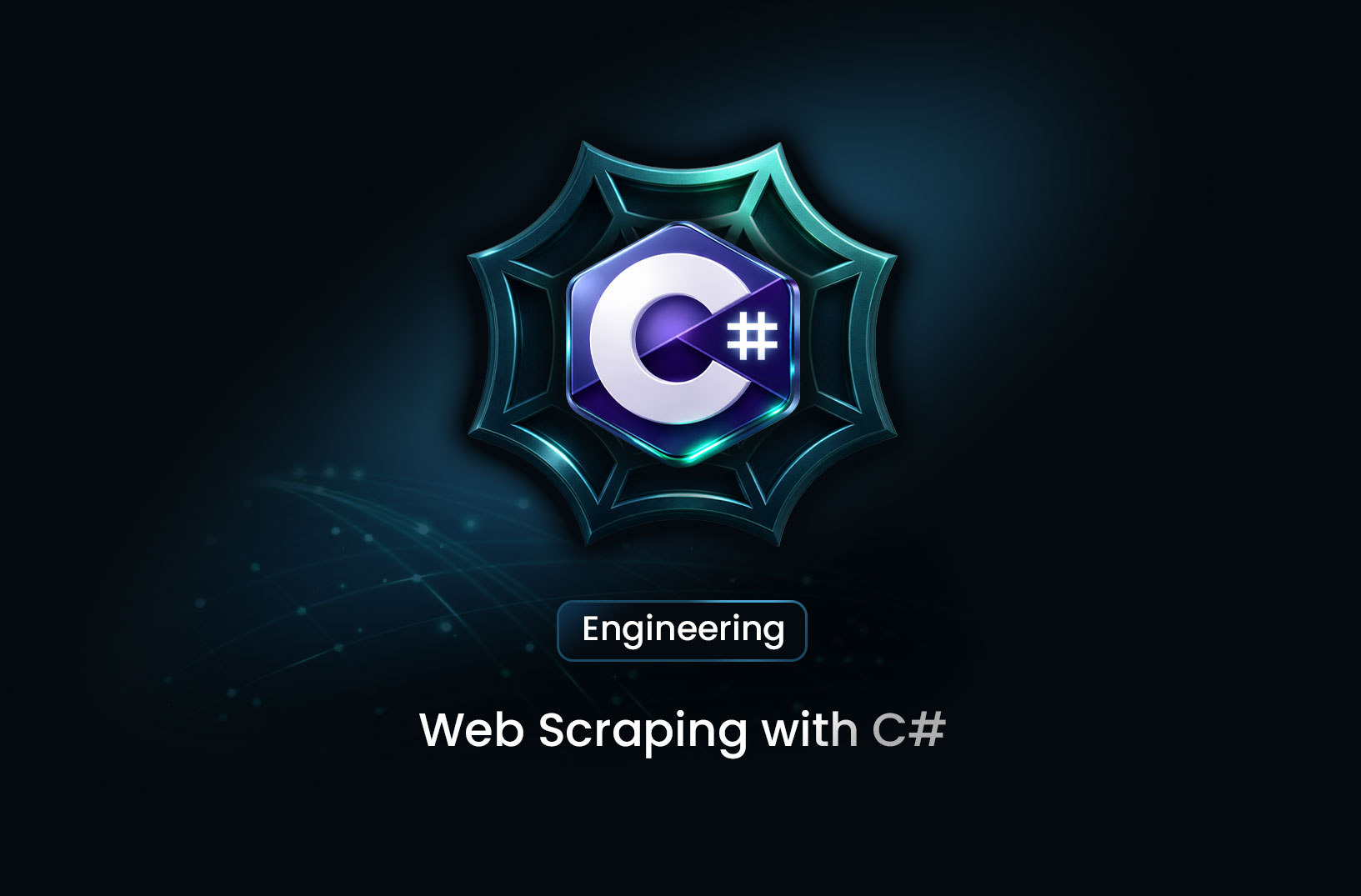
How Do Web Scraping Tools Work
ArticleWeb scraping is the automated process of extracting data from websites. Unlike manually copying and pasting information, web scraping uses software to navigate web pages, retrieve data, and store it in a structured format.
How Do Web Scraping Tools Work? An Inside Look
In the digital age, the internet is a goldmine of data, offering valuable insights for businesses, researchers, and developers. Web scraping tools, like MrScraper, have become essential for extracting and harnessing this data efficiently. But how exactly do these tools work? Let’s dive into the mechanics of web scraping and understand the processes involved.
What Is Web Scraping?
Web scraping is the automated process of extracting data from websites. Unlike manually copying and pasting information, web scraping uses software to navigate web pages, retrieve data, and store it in a structured format. This data can then be analyzed, manipulated, or integrated into other systems.
The Components of Web Scraping Tools
Web scraping tools, including mrscraper.com, typically consist of several key components:
-
Web Crawler (Spider)
- Function: The web crawler navigates the internet, finding and accessing web pages.
- How It Works: Crawlers use algorithms to follow links from one page to another, creating a map of the web.
- They start from a set of seed URLs and explore linked pages systematically, ensuring comprehensive data collection.
-
HTML Parser
- Function: The HTML parser extracts and processes the HTML content of web pages.
- How It Works: Once a web page is retrieved, the HTML parser breaks down the page’s structure, identifying and extracting relevant elements like headings, paragraphs, images, and links. Libraries such as Beautiful Soup (Python) or Cheerio (Node.js) are often used for parsing HTML.
-
Data Extractor
- Function: The data extractor identifies and extracts specific data points from the parsed HTML.
- How It Works: Using selectors or patterns (like CSS selectors or XPath), the extractor pinpoints the data to be collected. For instance, it can extract product names, prices, and descriptions from an e-commerce site.
-
Data Storage
- Function: The data storage component saves the extracted data in a structured format.
- How It Works: Extracted data can be stored in various formats such as CSV, JSON, XML, or databases (e.g., SQL, NoSQL). This makes it easy to analyze, manipulate, or integrate the data into other applications.
-
Scheduler
- Function: The scheduler automates and manages the scraping process.
- How It Works: The scheduler determines when and how often the scraping tasks should run. It ensures that scraping occurs at regular intervals or triggers based on specific conditions, enabling real-time data collection.
Step-by-Step Process of Web Scraping
-
Sending a Request The web scraping tool sends an HTTP request to the target website’s server. This request asks for the content of a specific web page, similar to how a browser requests a page when you click a link.
-
Receiving the Response The server responds to the request by sending back the HTML content of the requested web page. This response contains the raw data that the scraper will process.
-
Parsing the HTML The tool’s HTML parser processes the received HTML content, breaking it down into a structured format. It identifies elements like tags, attributes, and text.
-
Extracting the Data The data extractor uses predefined rules or patterns to locate and extract the required information. For instance, it might use CSS selectors to find all elements with a certain class name or XPath expressions to locate elements based on their position in the HTML structure.
-
Storing the Data The extracted data is then saved in a structured format. This step often involves cleaning and organizing the data to ensure consistency and usability.
-
Automating the Process The scheduler automates the entire process, ensuring that the scraping tasks run at specified intervals or under certain conditions. This allows for continuous data collection and real-time updates.
Handling Challenges in Web Scraping
Web scraping is not without its challenges. Here are a few common hurdles and how they are addressed:
-
Dynamic Content: Many websites use JavaScript to load content dynamically. Scraping such sites requires tools capable of executing JavaScript, Puppeteer, or Selenium.
-
Anti-Scraping Measures: Websites may implement measures to prevent scraping, such as CAPTCHAs, IP blocking, or rate limiting. Scrapers like MrScraper can rotate IP addresses, use proxies, and implement rate limiting to mimic human behavior and bypass these measures.
-
Legal and Ethical Considerations: Scraping should comply with legal and ethical guidelines. Respecting terms of service, avoiding scraping personal data without consent, and adhering to data privacy regulations are crucial.
Conclusion
Web scraping tools, MrScraper, are essential for extracting valuable data from the vast expanse of the internet. By mastering their components and following a step-by-step process, you can harness these tools effectively and responsibly. As technology advances, web scraping continues to unlock new opportunities for data-driven insights and innovation.
Find more insights here

Web Scraping with PHP: A Developer’s Guide
Learn how to do web scraping with PHP using cURL, DOMDocument, Guzzle, and DOMCrawler. This beginner...

Web Scraping with C#: A Comprehensive Guide for Developers
A practical guide to web scraping with C# and .NET, covering HttpClient, HtmlAgilityPack, data extra...

Web Scraping with Go: A Developer’s Guide
Learn how to build web scrapers using Go (Golang). This guide covers net/http, goquery, Colly, concu...
